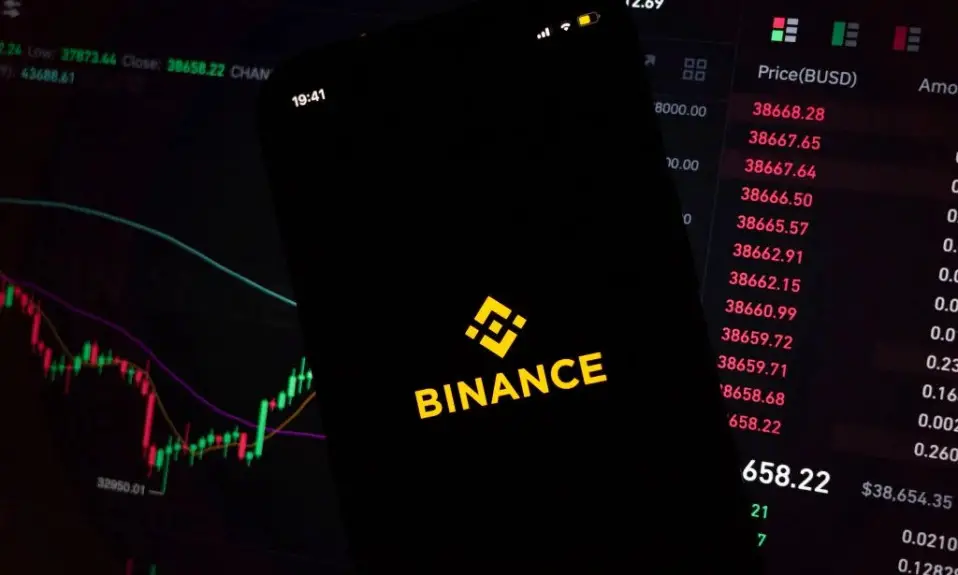Explore the impact of BUSD on Central Bank Digital Currencies in this documentary. Discover the advantages and challenges of integrating BUSD into CBDC systems through real-world case studies and experiences. However, as innovative as CBDCs might be, it’s crucial not to overlook the role of automated trading bots in this digital finance revolution. Start your Bitcoin trading journey today by visiting https://bitcoinprime.software/. Even without prior experience, you can execute profitable trades and earn returns.
Impact of Binance USD on CBDCs
The integration of Binance USD (BUSD) into Central Bank Digital Currency (CBDC) systems can have significant implications for the digital currency landscape. This section explores the potential impact of BUSD on CBDCs, considering both the advantages and challenges associated with this integration.
One of the potential advantages of incorporating BUSD into CBDC systems is enhanced stability and reduced volatility. Stablecoins like BUSD are designed to maintain a stable value, often pegged to a fiat currency like the U.S. dollar. By leveraging the stability of BUSD, CBDCs could mitigate the volatility commonly associated with digital currencies, making them more reliable as a medium of exchange and store of value.
Another advantage is increased efficiency in cross-border transactions. Binance, the platform behind BUSD, has a strong global presence and facilitates seamless cross-border transactions. Integrating BUSD into CBDC systems could leverage Binance’s infrastructure and network, enabling faster and more cost-effective cross-border transfers, thereby promoting global trade and financial integration.
Furthermore, incorporating BUSD into CBDC ecosystems could improve accessibility and financial inclusion. Binance has an established user base and offers user-friendly wallets and interfaces. By utilizing BUSD as part of CBDC initiatives, central banks could leverage Binance’s user-friendly infrastructure to enhance access to digital currencies for individuals and businesses, particularly those without access to traditional banking services.
However, integrating BUSD with CBDCs also presents challenges and risks that need to be carefully addressed. Regulatory concerns and oversight are one such challenge. As BUSD operates within a decentralized ecosystem, it may raise questions regarding regulatory compliance, anti-money laundering measures, and consumer protection. It is crucial for central banks to establish robust regulatory frameworks to address these concerns and ensure the safe and transparent operation of BUSD within CBDC systems.
Security and privacy implications are another area of concern. While stablecoins like BUSD leverage blockchain technology for security, ensuring the privacy and protection of user data remains paramount. Central banks must prioritize privacy-enhancing technologies and robust security measures to safeguard user information and prevent unauthorized access or data breaches.
Additionally, integrating BUSD with CBDCs may have implications for monetary policy. Stablecoins, by design, maintain a fixed value, which could potentially impact the effectiveness of monetary policies aimed at controlling inflation or stimulating economic growth. Central banks would need to carefully consider the implications of integrating stablecoins like BUSD into their monetary policy frameworks to ensure their policies remain effective and aligned with their objectives.
Case Studies and Experiences
This section delves into case studies and experiences from countries that are actively exploring or implementing CBDCs, as well as partnerships between CBDC projects and stablecoin providers. These real-world examples provide valuable insights into the integration of stablecoins like Binance USD (BUSD) with CBDC systems and shed light on the outcomes and lessons learned.
One prominent case study is China’s Digital Yuan, also known as the Digital Currency Electronic Payment (DCEP) project. China has been at the forefront of CBDC development, and its approach toward stablecoins has been cautious. The People’s Bank of China (PBOC) has focused on maintaining control over the digital currency ecosystem, including stablecoins. Collaborations between Chinese CBDC projects and stablecoin providers have been limited, with the government prioritizing its centralized digital yuan over third-party stablecoins.
In the European Union (EU), efforts are underway to develop a digital euro. The European Central Bank (ECB) has been exploring the potential of CBDCs and the role of stablecoins in the digital euro ecosystem. While specific partnerships with stablecoin providers are yet to be established, the EU’s approach acknowledges the importance of stablecoins and aims to strike a balance between innovation and regulatory control.
In the United States, discussions around CBDCs and stablecoin regulations have gained traction. The Federal Reserve and other regulatory bodies have recognized the need to address potential risks associated with stablecoins, including their impact on monetary stability, consumer protection, and financial integrity. While no specific partnerships between stablecoin providers like Binance and the U.S. CBDC project have been announced, ongoing regulatory efforts are shaping the landscape for future collaborations.
Conclusion
By analyzing the implications of stablecoin integration and partnerships, we gain valuable insights for shaping the future of digital currencies. Balancing opportunities and challenges, we can foster innovation and economic growth in a world where CBDCs and stablecoins coexist harmoniously.



